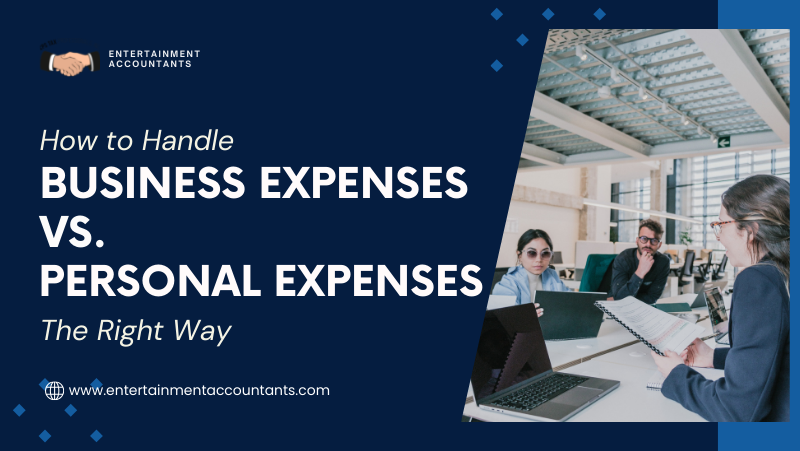One of the most common mistakes small business owners make—especially in the early days—is mixing personal and business expenses. It may seem harmless at first, but over time, it can create tax issues, financial confusion, and even legal problems.
If you’re looking to keep your business finances clean and stress-free, here’s what you need to know about separating business and personal expenses the right way.
Why It Matters
Keeping business and personal expenses separate isn’t just about staying organized. It has real benefits:
- Simplifies bookkeeping
- Reduces errors at tax time
- Protects your personal liability
- Makes your business appear more professional
- Gives you a clearer picture of business performance
What Counts as a Business Expense?
Business expenses are the costs necessary to run and grow your company. These are usually tax-deductible.
Common examples include:
- Office rent or home office portion
- Equipment and supplies
- Marketing and advertising
- Travel for work
- Software subscriptions
- Payroll and contractor payments
Always ask: “Is this expense directly related to my business?” If yes, it probably qualifies.
What Counts as a Personal Expense?
Personal expenses are unrelated to your business. These include:
- Rent or mortgage for your personal residence
- Personal groceries
- Family vacations
- Personal vehicle use (unless partly used for business)
- Clothing (unless it’s required workwear)
Blending these into your business records can create tax issues and even lead to an audit.
Best Practices for Keeping Them Separate
Here are simple steps to ensure your personal and business finances stay in their own lanes:
1. Open a Business Bank Account
This is one of the first and most important steps. Run all business income and expenses through this account. It creates a clean separation from the start.
2. Use a Dedicated Business Credit or Debit Card
Avoid using your personal card for business purchases. A business card helps build credit history and keeps your spending organized.
3. Pay Yourself a Salary or Draw
Instead of dipping into your business account when you need money, pay yourself regularly through a defined method. This keeps your financial records consistent.
4. Track Mileage Separately
If you use your personal vehicle for work, keep a mileage log to separate business from personal use. Apps can help automate this.
5. Use Bookkeeping Software
Tools like QuickBooks or Xero make it easier to tag and track business expenses, and some even let you scan and store receipts digitally.
6. Educate Family or Business Partners
If others have access to your accounts, make sure they also understand the importance of separating business and personal expenses.
What Happens If You Don’t Separate Expenses?
Mixing expenses can lead to:
- Inaccurate financial statements
- Missed tax deductions
- IRS red flags and possible audits
- Legal risks (especially for LLCs or corporations)
- Difficulty in getting loans or investors
In short, it creates more headaches than it’s worth.
Final Thoughts
Separating your business and personal expenses is one of the smartest things you can do for your company. It builds financial clarity, saves time at tax season, and protects your business in the long run.
Start with small steps—like opening a separate bank account—and build good financial habits from there. You’ll thank yourself later.

